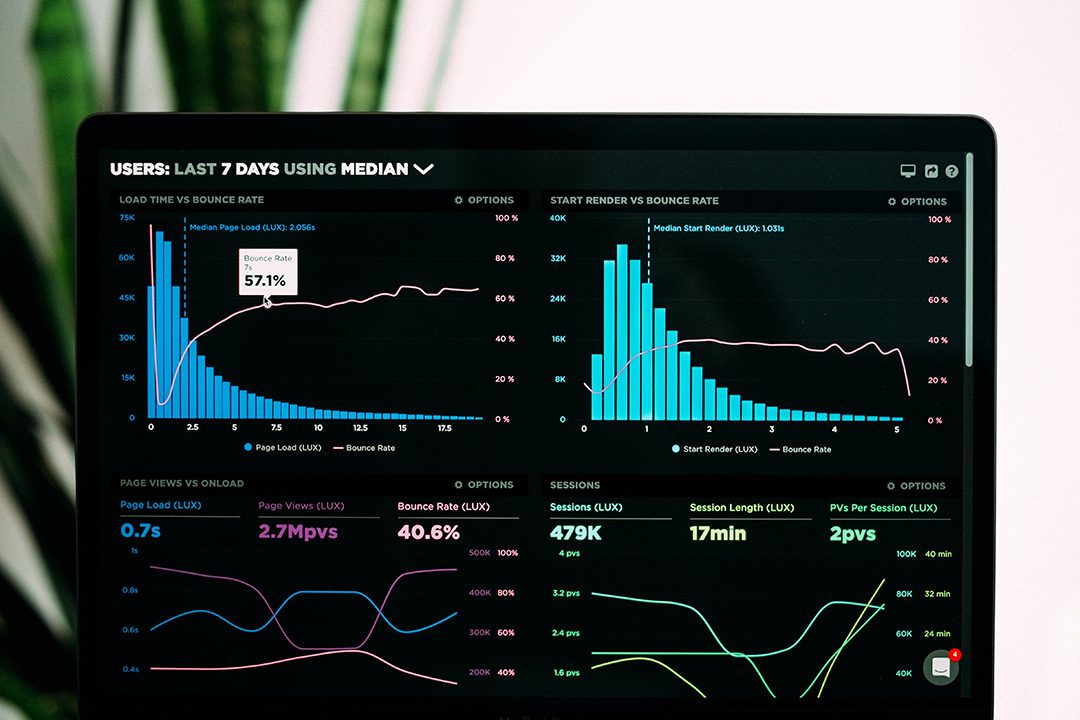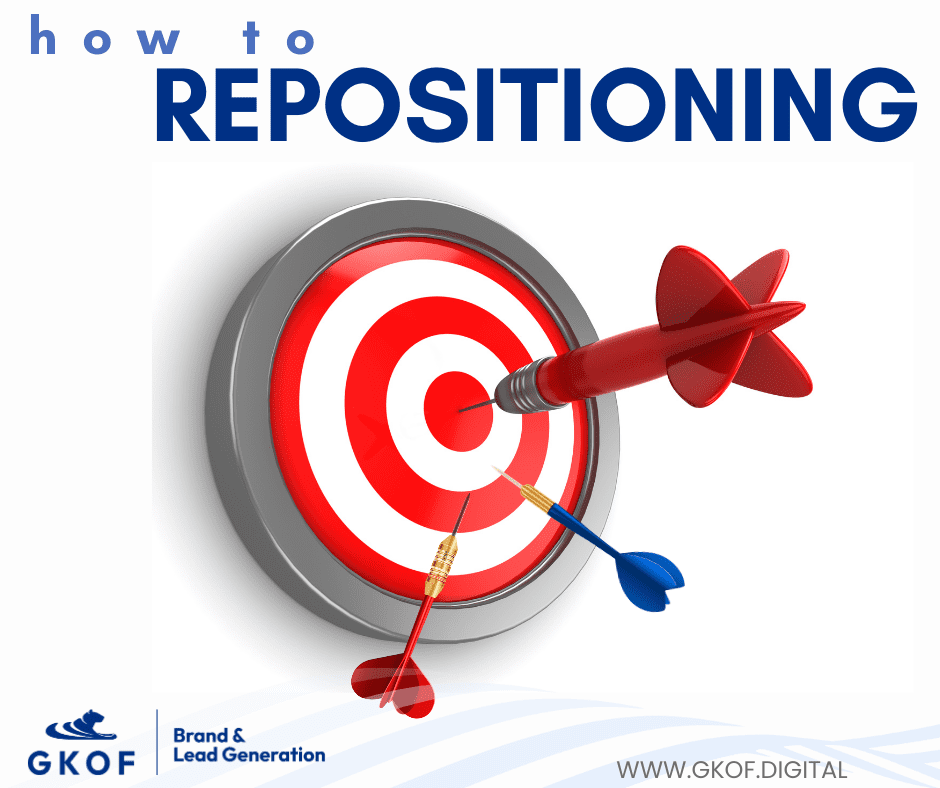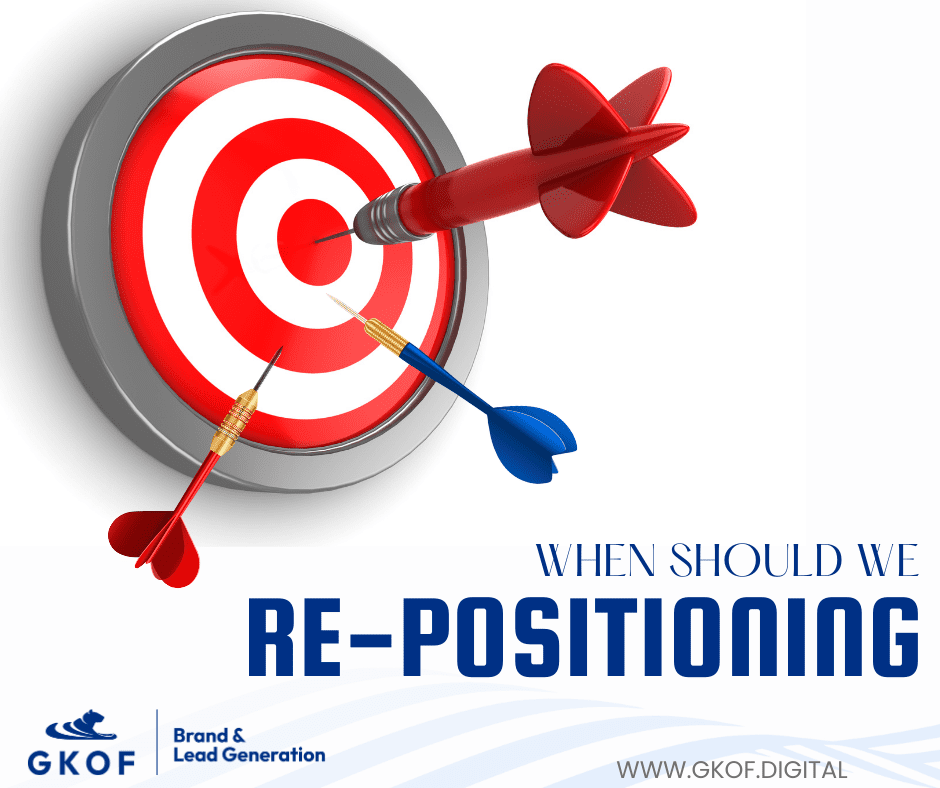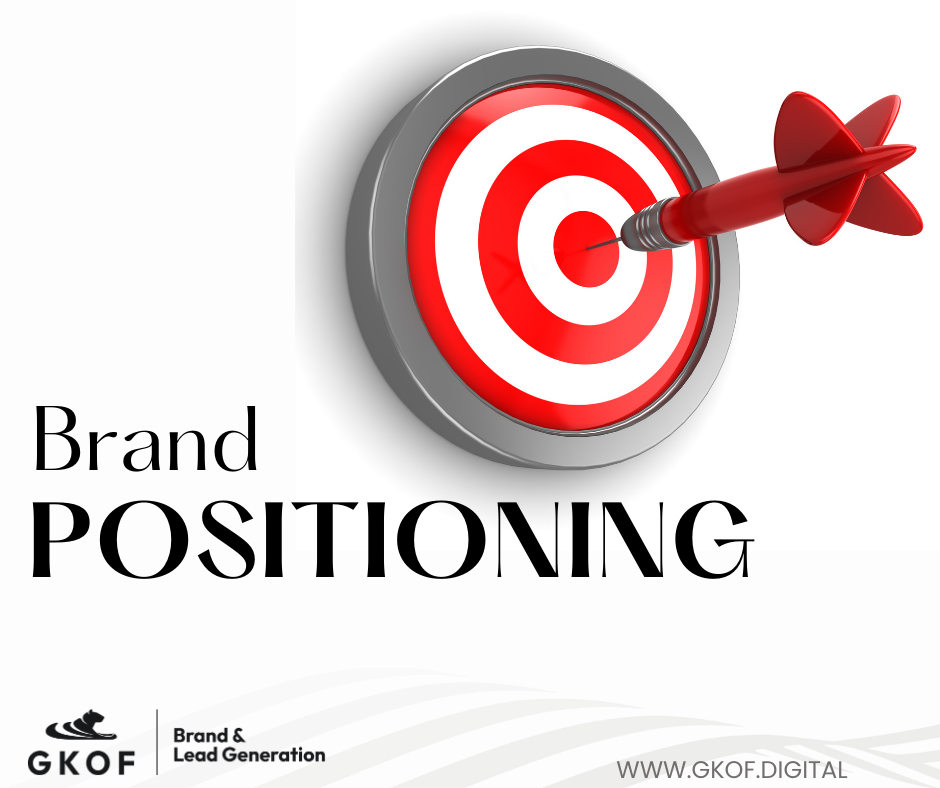Performance marketing is a comprehensive term used in the world of digital advertising and marketing to describe a data-driven and results-oriented approach. Unlike traditional marketing, where success can be challenging to measure accurately, performance marketing focuses on measurable and quantifiable results. The core idea behind performance marketing is to allocate marketing budgets based on the channels, campaigns, or strategies that deliver the best return on investment (ROI).
Key characteristics of performance marketing include:
Measurable Goals: Performance marketing relies on clear and specific key performance indicators (KPIs) that are used to track and measure the success of marketing efforts. Common KPIs include click-through rates, conversion rates, cost per acquisition (CPA), return on ad spend (ROAS), and more.
Data-Driven Decision-Making: Data analytics plays a central role in performance marketing. Marketers use data to make informed decisions about which channels, ad creatives, and strategies are most effective and efficient.
Targeted Advertising: Performance marketing often involves highly targeted advertising campaigns. Advertisers use data and audience segmentation to reach specific customer segments most likely to convert.
Pay-for-Performance Model: Performance marketing campaigns are typically paid for based on results. For example, in pay-per-click (PPC) advertising, advertisers only pay when a user clicks on their ad. This aligns incentives with outcomes.
Optimization and A/B Testing: Continuous optimization is a fundamental aspect of performance marketing. Marketers frequently run A/B tests and experiments to refine their campaigns and maximize their ROI.
Multi-Channel Approach: Performance marketing takes a multi-channel approach, utilizing various online channels such as search engine marketing (SEM), social media advertising, email marketing, affiliate marketing, and more. The goal is to diversify strategies and reach customers where they are most active.
Scalability: Performance marketing campaigns can be scaled up or down based on their performance. This flexibility allows marketers to allocate resources to the most effective channels and campaigns.
Real-Time Monitoring: Marketers often monitor campaign performance in real-time and can make adjustments on the fly to optimize results.
Attribution Models: Attribution models are used to determine which touchpoints in the customer journey contribute to conversions. This helps in understanding how different marketing efforts work together.
Performance marketing has become increasingly popular with the rise of digital advertising and the ability to track and analyze online user behavior. It is used by businesses of all sizes to maximize the efficiency of their marketing budgets and achieve measurable, tangible results.









